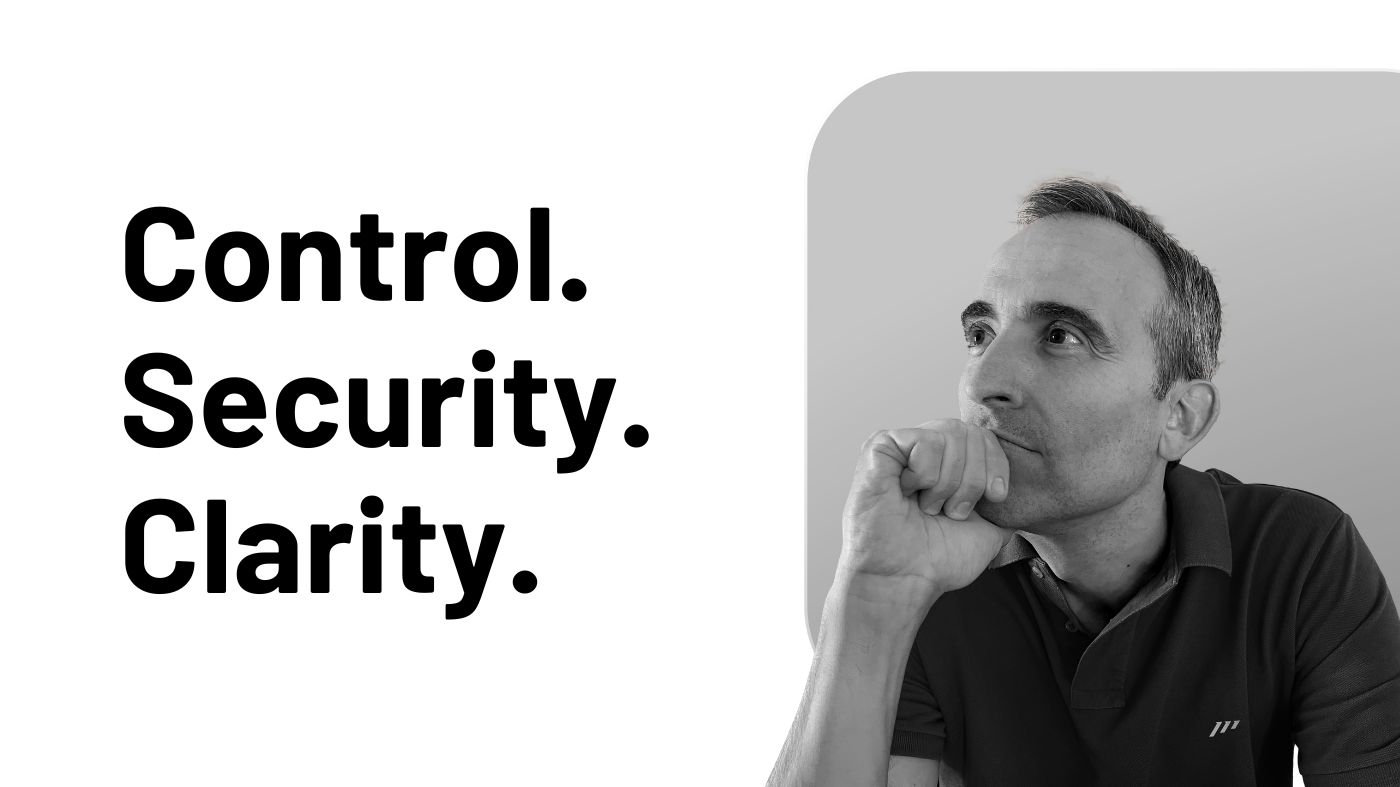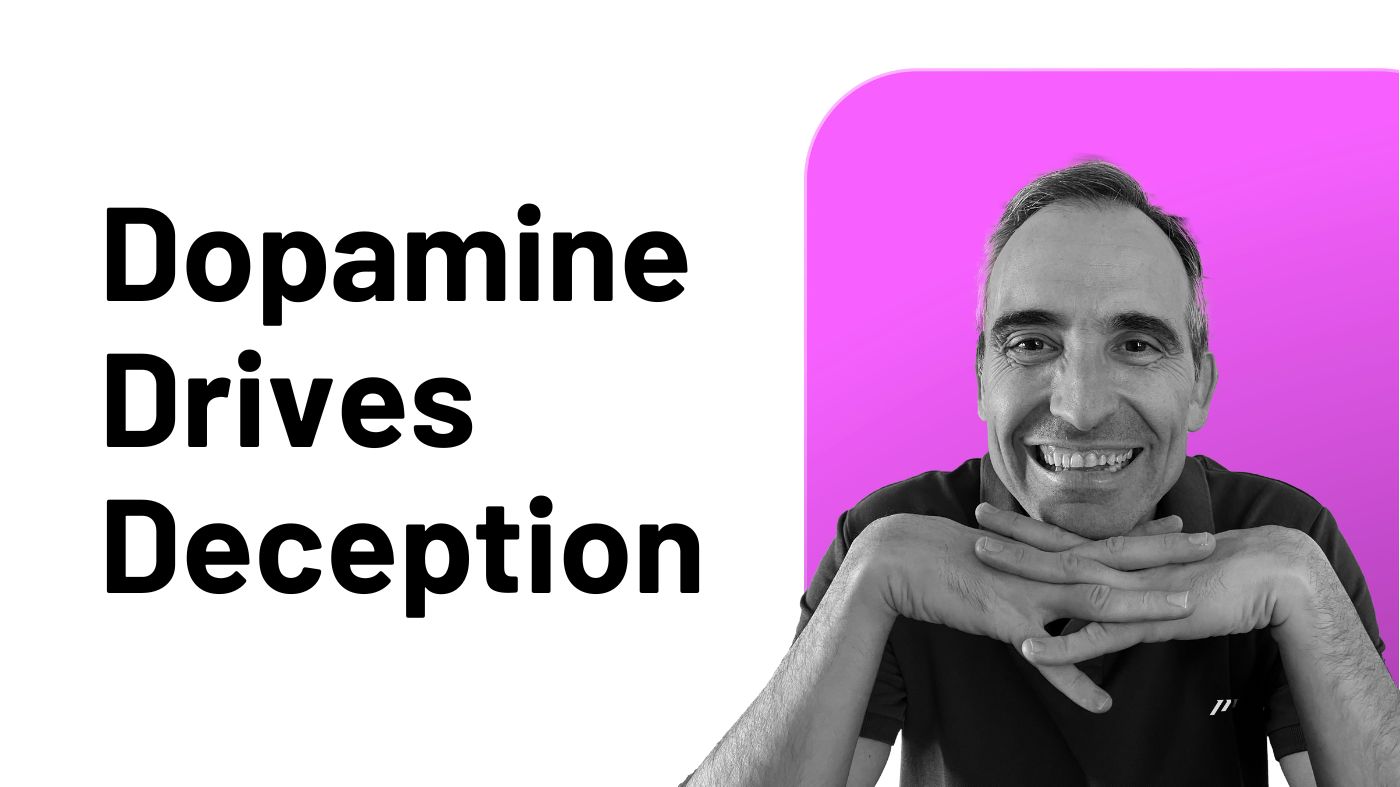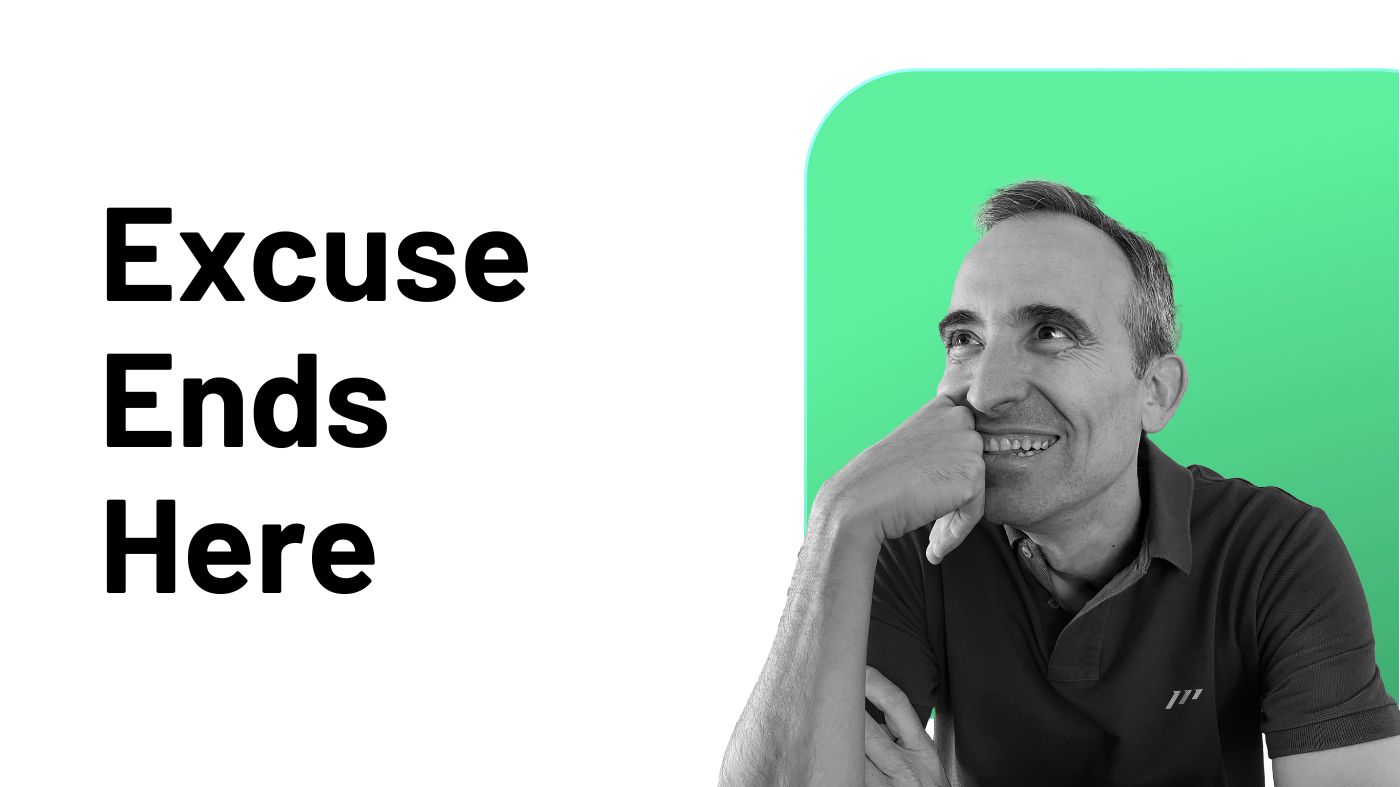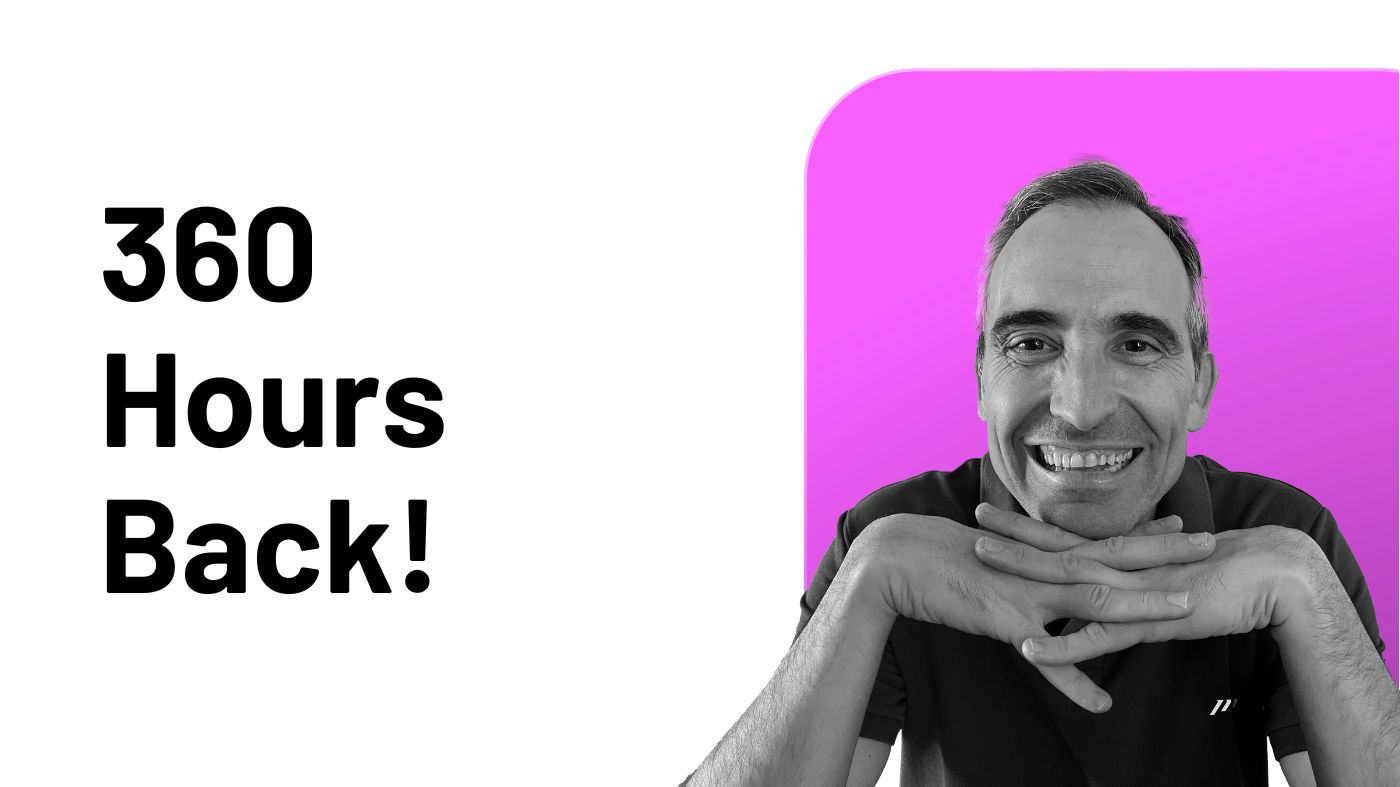It’s that time again. Your inbox is flooding with “New Year, New You” promises.
AI guarantees to make us superhuman. Apps claim to unlock our potential. And yet, busy professionals are more overwhelmed than ever.
Here’s what nobody is telling you: The problem isn’t that you need more productivity hacks or better AI tools. The real problem is that you’re trying to build a house without a foundation.
I’ve spent three decades watching smart, capable professionals struggle with productivity. First as a systems consultant in various consulting firms, then co-founding and running a marketing agency and two more businesses, and now co-leading the Paperless Movement®.
What I’ve discovered is counterintuitive: The most productive people aren’t using more tools or working harder—they’re working within systems they’ve carefully designed.
People don’t fail to achieve their goals because they lack knowledge or the money to invest. Nor is it because they aren’t putting in effort, energy, or passion.
The real reason they fail—and I see this happening more than ever in our AI-powered, always-connected world—is that they’re trying to optimize chaos.
They’re adding more tools, more automation, and more complexity to an already fragile foundation.
What they need isn’t another productivity app or AI assistant. They need a productivity system—a thoughtfully designed one that brings order to chaos and makes success inevitable, not just possible.
A productivity system is what makes the difference.
It ensures you’re making daily progress, moving the needle forward every single day, and giving you the confidence that you’re consistently getting closer to your goals. Without it, even the most motivated people can find themselves stuck, frustrated, or spinning their wheels.
In this article, I’ll explain why so many busy professionals struggle to achieve their goals and, as a result, miss out on living the life they truly want (and deserve). They end up experiencing a range of negative emotions: frustration, anger, sadness, and sometimes even depression.
These struggles are all too common. Busy professionals often find themselves:
-
Falling short of their goals.
-
Feeling unproductive.
-
Lacking the clarity they need to stay motivated and engaged day after day.
If any of this resonates with you, let me be clear: it’s not your fault.
Why would you automatically know about systems theory or understand that a productivity system is what you need? If nobody teaches you this, it’s nearly impossible to arrive at the solution on your own.
Here’s the key takeaway: if your one and only resolution this year is to build a productivity system, I can confidently say you’ll achieve your goals.
That’s been my own experience for decades. Today, I’m running four businesses successfully, and this approach has been a game-changer for me.
The results speak for themselves: this works.
The Digital Chaos Crisis: Why 2025’s Professionals Are Drowning in Tools
Let me share three examples that show why productivity systems are crucial in 2025.
The AI Integration Challenge
A senior product manager I worked with recently was drowning in AI tools.
She had ChatGPT for writing, Claude for analysis, and various AI assistants for different tasks. Yet her productivity actually decreased.
Why?
Because she was managing each tool in isolation, without a productivity system to integrate them.
After building a clear productivity system—defining when to use each AI tool and how to process its outputs—her productivity tripled.
The Remote Work Revolution
Consider Sarah, a tech lead managing teams across three time zones.
She was working longer hours than ever, yet falling behind.
The problem wasn’t her team’s capability or the tools they used—it was the lack of a productivity system to handle asynchronous work.
By implementing a structured productivity system for information flow and decision-making, she reduced her working hours by 30% while improving team output.
The Information Overflow Solution
A fascinating case is Michael, a research scientist dealing with hundreds of academic papers monthly.
Traditional note-taking apps and citation managers weren’t cutting it.
The game-changer?
A systematic approach to processing information: clear criteria for what to read, a specific framework for extracting insights, and a structured way to connect ideas across papers.
His research output doubled in six months.
“The secret of getting ahead is getting started. The secret of getting started is breaking your complex, overwhelming tasks into small manageable tasks, and then starting on the first one.” — Mark Twain
These modern examples might sound revolutionary, but the power of systems has been proven throughout history. Consider two game-changing examples: Henry Ford and Amancio Ortega.
While today we’re integrating AI tools, Henry Ford faced a different kind of complexity challenge.
In 1913, car manufacturing was a chaotic, inefficient process.
Like our modern professionals drowning in digital tools, Ford’s workers were drowning in undefined processes and unclear workflows.
In 1913, Ford introduced the assembly line, not just as a method for producing cars but as a groundbreaking productivity system. By breaking down complex processes into smaller, repeatable tasks, he achieved efficiency, consistency, and scalability.
The result?
A Model T rolled off the line every 24 seconds—a pace that was unimaginable at the time.
Sound familiar?
Just as our product manager needed a productivity system to integrate her AI tools, Ford needed a system to integrate his production processes. The principles he used—breaking down complexity, creating clear workflows, and ensuring consistency—are exactly what we need in our digital age.
A more recent example is Amancio Ortega, founder of Inditex and the genius behind Zara, who faced challenges similar to our remote work example.
Like our tech lead Sarah, Ortega needed to coordinate complex operations across different time zones and locations.
Ortega pioneered the concept of fast fashion, a productivity system that allowed Inditex to identify trends, design products, and deliver them to stores globally in record time.
Unlike competitors, Ortega’s system streamlined everything—from supply chain logistics to in-store inventory management.
This enabled Inditex to go from concept to customer in as little as two weeks, forever reshaping the fashion industry.
Just as our modern examples show the power of systematic thinking in digital work, Ford and Ortega demonstrate that the fundamental principles of productivity systems remain constant:
-
Break down complexity.
-
Create clear workflows.
-
Focus on consistency.
The tools may change, but the power of systems endures.
The Triple Threat Advantage: Control, Security, and Clarity in a Digital World
A productivity system isn’t just a tool for organizing your information or tasks—it’s a game-changer that fundamentally transforms how you work and live.
When implemented effectively, a productivity system delivers three immediate and powerful results:
-
Control.
-
Security.
-
Mental clarity.
Let me show you exactly what changes when you build a proper productivity system in today’s digital landscape.
“It’s not always that we need to do more but rather that we need to focus on less.” — Nathan W. Morris
1. Control: Master the AI-Human Partnership
In 2025, the challenge isn’t just managing your time—it’s orchestrating a complex dance between human work and AI assistance.
A productivity system gives you:
-
Clear triggers for when to use AI tools (and when not to).
-
Defined workflows for processing AI outputs and maintaining quality.
-
Structured workflows that help you get consistent results from AI assistance.
One of our clients, a content strategist, went from spending 2 hours per article wrestling with ChatGPT to having a 30-minute system that consistently produces better results.
The difference?
A clear system for prompt engineering, output validation, and human refinement.
2. Security: Navigate Information Overload with Confidence
In an era of endless Slack messages, emails, and digital notifications:
-
Your productivity system becomes a trusted filter, automatically routing information to the right place.
-
You’ll have clear protocols for what deserves your attention and what can wait.
-
Everything important gets captured and processed. Nothing gets lost.
A CFO I worked with recently reduced his daily digital touchpoints from 300+ to under 50 by implementing systematic information triage.
His team’s response time actually improved because important items never got buried in the noise.
3. Mental Clarity: Turn Information into Insight
The greatest benefit of a modern productivity system isn’t just peace of mind—it’s the ability to think clearly in an age of information chaos:
-
Your productivity system becomes a natural part of your brain, connecting ideas across projects and time.
-
AI tools augment your thinking instead of adding to your cognitive load.
-
You can focus on strategic thinking because operational details are systematized.
A research director I know uses her productivity system to automatically connect insights across hundreds of customer interviews, spotting patterns that would be impossible to see manually.
Her team’s strategic decisions are now backed by data that used to get lost in the noise.
From Digital Burnout to Peak Performance: A Real-World Transformation
Let me share a recent transformation that perfectly illustrates how a productivity system changes everything.
This isn’t a theoretical example—it’s a real story from one of our INNER CIRCLE Program members that unfolded just weeks ago.
The Starting Point: Drowning in Digital Tools
One of our cohort members, a successful professional, came to us with a problem that’s increasingly common in 2025: tool overload.
Despite his career achievements, he was:
-
Juggling multiple task management tools.
-
Losing critical information between platforms.
-
Spending more time managing tools than doing actual work.
The key breakthrough came when we:
-
Mapped out his entire information flow.
-
Set clear boundaries for different types of work.
-
Created specific criteria for what goes where.
-
Established simple rules for processing information.
The most powerful change?
Reducing his tool stack from dozens of apps to just two core tools, plus a few essential supporting ones.
Within weeks, the transformation was evident:
-
From scattered attention across dozens of tools to focused work in a streamlined productivity system.
-
From constant context-switching to clear, defined workflows.
-
From overwhelming complexity to elegant simplicity.
But the most important change wasn’t in the tools—it was in his experience of work itself. Gone was the suffering, struggle, and exhaustion that had become his daily norm.
Simplicity is the key.
-
Simplicity brings clarity.
-
Simplicity reduces the energy required to stay organized.
-
Simplicity allows you to perform at your peak—every single day.
This member will undoubtedly achieve much more with his new productivity system, but more importantly, he’ll do it without the suffering, struggle, or exhaustion that once drained his energy.
Because let’s face it—you can’t live a life of constant pain and overwhelm.
You deserve a life of progress, growth, leverage, and common sense.
A life of fulfillment, where you wake up motivated and go to bed satisfied, knowing you’ve done your best.
A productivity system does more than just organize your work. It points you in the right direction every day, helping you live a life of purpose.
That’s what a productivity system can bring to your life.
Your Productivity Revolution Starts Now: 7 Action Steps for Immediate Change
If you’re ready to break free from frustration and overwhelm, here are the key takeaways to guide you toward transforming how you work and live.
These are not abstract ideas—they are practical, proven strategies that you can start applying immediately to see results.
“The ability to simplify means to eliminate the unnecessary so that the necessary may speak.” — Hans Hofmann
1. Commit to Building Your Productivity System
-
A productivity system is the foundation for achieving your goals while maintaining balance and clarity in your life. Without it, even the most determined efforts can leave you spinning your wheels.
-
Start by taking an honest look at how you currently manage your tasks, information, and priorities. Identify what’s working, what’s not, and where systems can bring structure and simplicity.
2. Simplify to Multiply Your Results
-
Complexity drains your energy. Simplify your processes, tools, and workflows to create space for what truly matters.
-
Consolidate your tool stack to only the essentials—those that truly add value to your productivity system. Fewer tools, used effectively, will always outperform an overwhelming stack.
3. Take Control of Your Time and Attention
-
Shift from reactive to proactive work. Design your productivity system to align with your priorities, ensuring that your energy goes toward what truly matters.
-
Use methods like time blocking, clear boundaries, and focused work sessions to stay in control and avoid the chaos of constant multitasking.
4. Create a Trustworthy Productivity System
-
Capture everything—from quick tasks to big projects—in reliable places (SSOT, Single Source of Truth). This ensures nothing slips through the cracks and gives you peace of mind knowing your productivity system has your back.
-
Your productivity system should work for you, not the other way around. Customize it to fit your unique needs and goals.
5. Embrace Simplicity for Clarity and Focus
-
A simple, well-structured productivity system frees your mental space for creativity, strategic thinking, and meaningful connections.
-
Simplicity reduces decision fatigue, making it easier to stay consistent and productive every day.
6. Focus on Progress, Not Perfection
-
Building a productivity system is an ongoing journey, not a one-time fix. Start small, refine over time, and focus on continuous improvement.
-
Celebrate small wins as you create a productivity system that aligns with your life and goals.
7. Leverage Expert Guidance When Needed
-
You don’t have to figure it all out on your own. Learning from others who have successfully built and implemented productivity systems can save you years of trial and error.
-
Whether it’s a trusted mentor, a course, or a program, seek resources that provide practical, actionable insights.
The bottom line is this: a productivity system isn’t just a tool—it’s a game-changer. It gives you control over your time, eliminates overwhelm, and creates the clarity you need to focus on what matters most.
By committing to building and refining your own productivity system, you’re not just investing in better productivity—you’re investing in a better life.
The journey begins with one step, and that step is deciding to take control today.




